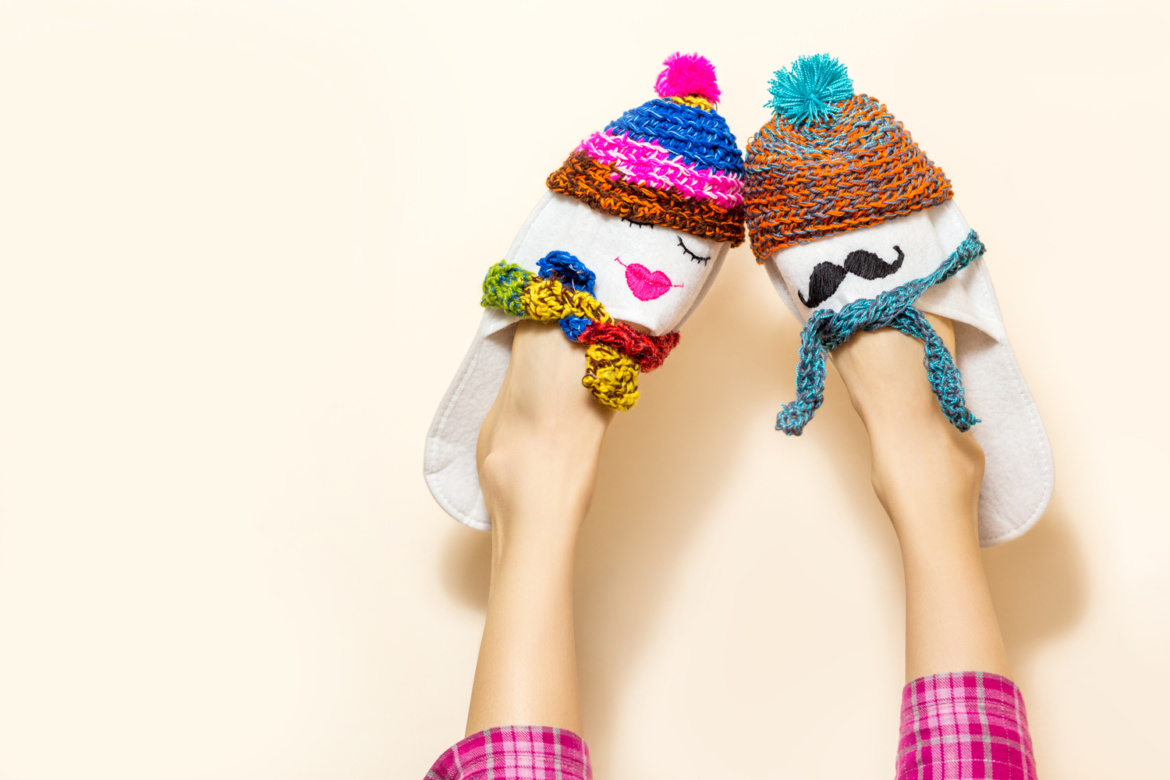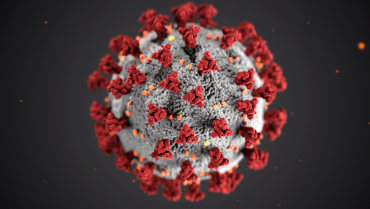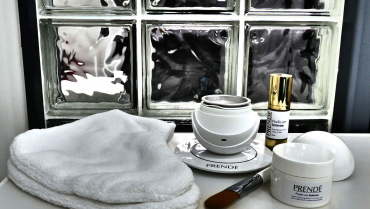OUCH! I have Chilblains: Find out how to avoid painful winter toes.
Summer 2019 was one of the hottest on record, but it’s safe to say that the heatwave is firmly behind us and the winter months are undeniably here. As temperatures drop podiatrists start to see more and more patients in clinic suffering from cold related conditions such as chilblains. Here’s all you need to know about this painful winter condition.
What are chilblains?
Chilblains present as painful tiny red or purple swellings on the skin. They can often crack leaving the skin vulnerable to infection. In severe cases they will blister or break down resulting in an ulcer. Chilblains usually feel itchy or create a burning sensation. This is often made worse if you enter a warm room having been out in the cold.
Where do they occur?
Chilblains typically occur on the feet or hands (usually the fingers and toes) but can also occur on the ears and nose.
What causes chilblains?
Chilblains develop in response to the cold. Low temperatures cause the tiny blood vessels in your digits to constrict to prevent body heat from escaping until the area warms up again. During this process fluid may leak out onto the surrounding tissue. This is an abnormal reaction to the cold, which typically occurs in those with poor circulation (e.g. Raynaud’s and peripheral vascular disease) as well as those working in colder environments. Chilblains are also more common in the elderly, the very young, individuals with a low body weight and in those with diabetes.
How are chilblains treated?
If you do develop chilblains try not to scratch them. Scratching may lead to breaks in the skin, which can leave you susceptible to infection. If the area has broken down, cover with an antiseptic dressing and contact your Podiatrist or GP for further advice. If there is no break in the skin over the counter preparations from your Pharmacist are widely available.
How can I prevent chilblains?
The best treatment is of course is prevention. Try to keep your hands and feet warm. Wear layers, ensure socks and footwear aren’t too tight, avoid exposing yourself to extreme hot and cold temperatures, consider smoking cessation, limit caffeine and alcohol, gloves and socks with impregnated silver can also help as can plasterzote insoles. Lastly if you’ve been out in the cold, as tempting as it is, do not warm yourself up too quickly by putting your feet directly onto a radiator or hot water bottle. Warm yourself up gradually with gentle exercise and warm drinks.
For more information or to make an appointment at Foot Centric, please:
- Call: 01782 703272
- Email: info@footcentric.co.uk
- Visit: www.footcentric.co.uk





